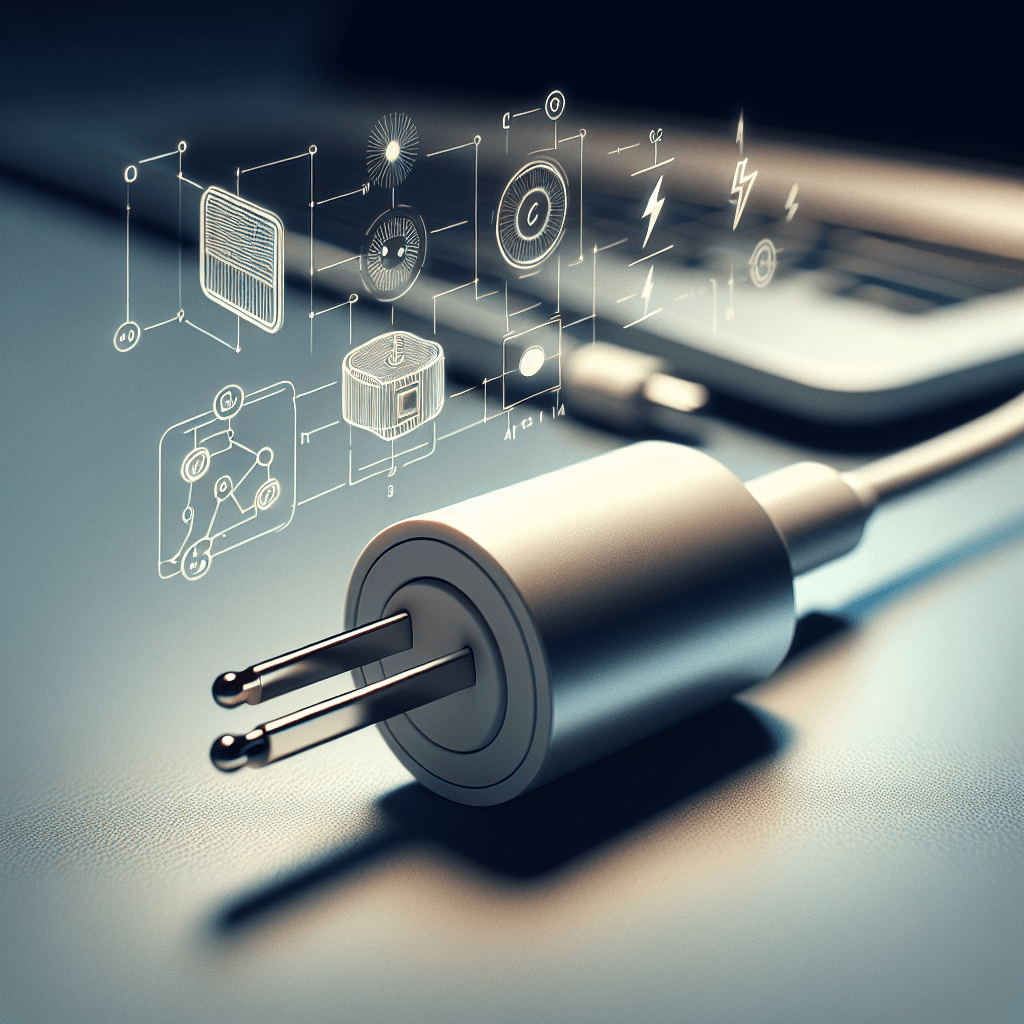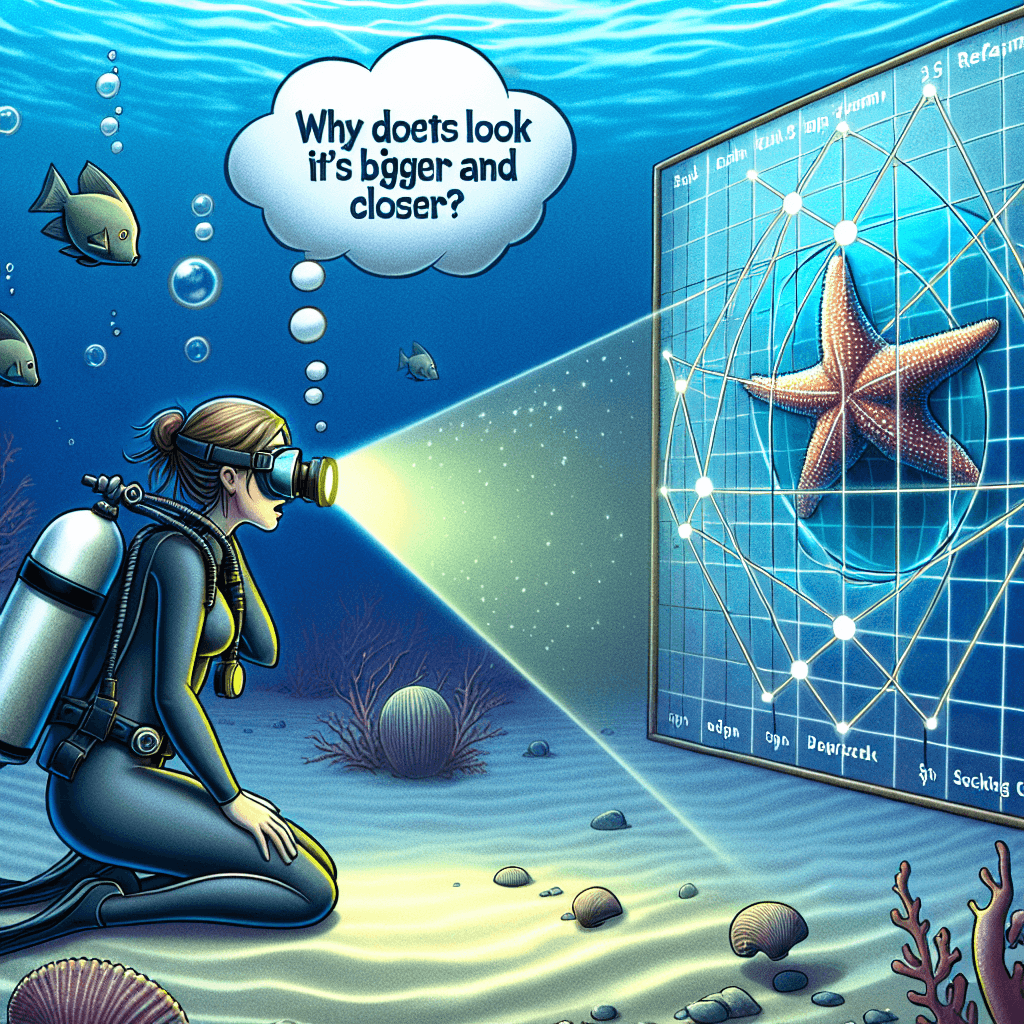What does that little plastic cylinder on your laptop charger cable actually do
That mysterious plastic cylinder on your charger cable isn't just for show; it's a tiny but crucial bodyguard protecting your laptop from invisible electronic noise.


Too Long; Didn't Read
TLDR: The plastic cylinder is a ferrite bead that suppresses high-frequency electronic noise, stopping your charger cable from interfering with other devices like Wi-Fi and radios.
Title: Unmasked: What Does That Little Plastic Cylinder on Your Laptop Charger Cable Actually Do?
Introduction
Have you ever looked at your laptop charger and wondered about that seemingly random plastic cylinder near the end of the cable? You’re not alone. It’s a common feature on many electronic cables, from laptop chargers to USB cords and display cables, yet most of us have no idea what it is or why it’s there. Is it a fuse? A weight to keep the cable from slipping off your desk? The truth is far more interesting and crucial to the performance of your device. This small, unassuming bump is a silent guardian of your electronics. This post will demystify that little cylinder, explaining exactly what it is, how it works, and why it's an unsung hero in our tech-filled lives.
The Official Name: Meet the Ferrite Bead
That plastic cylinder isn't just a random piece of plastic; it has a specific name and function. It's called a ferrite bead, sometimes known as a ferrite choke or an EMI (Electromagnetic Interference) filter. The plastic casing simply protects what’s inside: a hollow cylinder made of a specific magnetic material called ferrite.
Ferrite is a ceramic-like material made by mixing iron oxide (rust) with other metallic elements like manganese, zinc, or nickel. This composition gives it unique magnetic properties that are perfect for its specific job: suppressing high-frequency electronic noise. The cable simply passes through the center of this ferrite core.
How Does It Work? A Quick Dive into Electromagnetism
To understand what the ferrite bead does, we need to touch on a basic principle of electronics. When electricity flows through a cable, it creates a small electromagnetic field around it. Conversely, a changing magnetic field can induce an electrical current in a wire. This means a cable can act like an antenna.
Your laptop's internal components, like the processor and graphics card, operate at very high frequencies, generating a lot of "electronic noise." This noise is a form of high-frequency electromagnetic interference (EMI). Without any filtering, your power cable could act like a tiny radio antenna, broadcasting this noise into the environment.
This is where the ferrite bead becomes the hero. It acts as a passive filter. As the electrical current flows through the bead:
- The low-frequency direct current (DC) needed to power your laptop passes through virtually unaffected.
- The high-frequency EMI noise is absorbed by the ferrite material and converted into a tiny, harmless amount of heat.
Think of it as a bouncer for your electronics. It lets the clean, useful power through to your device while blocking the rowdy, disruptive noise from getting in or out.
Why Your Devices Need This Tiny Guardian
The ferrite bead might be small, but its role is vital for two key reasons: preventing interference from your device and preventing interference to your device.
- Protecting Other Devices: The EMI broadcast from your laptop cable can disrupt other nearby electronics. It can cause static on your radio, create buzzing in your speakers, or even slow down your Wi-Fi signal. Regulatory bodies, like the FCC in the United States, have strict rules requiring that electronic devices do not interfere with each other. The ferrite bead is a simple, cost-effective way for manufacturers to meet these standards.
- Protecting Your Laptop: The cable can also act as an antenna in reverse, picking up EMI from other sources (like your smartphone or a microwave oven) and feeding that noise into your laptop. This external interference can cause system instability, data errors, screen flickering, and poor performance. The ferrite bead filters this incoming noise, ensuring your laptop receives a stable, clean power supply.
Why Don't All My Cables Have One?
You might have noticed that some cables, like many modern USB-C chargers, don't have a ferrite bead. This is usually due to advancements in technology. Engineers have found other ways to combat EMI, such as improved shielding within the cable itself or more sophisticated filtering circuits built directly into the device or power adapter. However, the ferrite bead remains a highly effective and inexpensive solution, which is why it's still so common on countless electronic cables today.
Conclusion
That little plastic cylinder is much more than a meaningless bump. It's a cleverly designed ferrite bead, an essential component that acts as a filter to suppress electromagnetic interference. By preventing your laptop from disrupting other devices and protecting it from external electronic noise, this tiny guardian ensures that your technology works smoothly and reliably. The next time you plug in your laptop, you can appreciate that small cylinder for what it truly is: a simple, elegant solution to a complex problem, working silently to maintain harmony in our digital world.
More Articles

Why do things underwater look bigger and closer than they really are?
It’s not your eyes playing tricks on you—it's a fascinating law of physics that turns the entire underwater world into a giant magnifying glass.

Why do spaghetti stains cling to plastic tubs but not glass bowls?
Discover why tomato sauce permanently dyes your plastic containers but wipes clean from glass—it's not your scrubbing power, but a simple case of molecular attraction.

Why was a brilliant philosopher's name twisted into the modern word for a fool?
He was a celebrated intellectual giant, yet a centuries-long smear campaign by his academic rivals twisted his very name into a common insult for a fool.